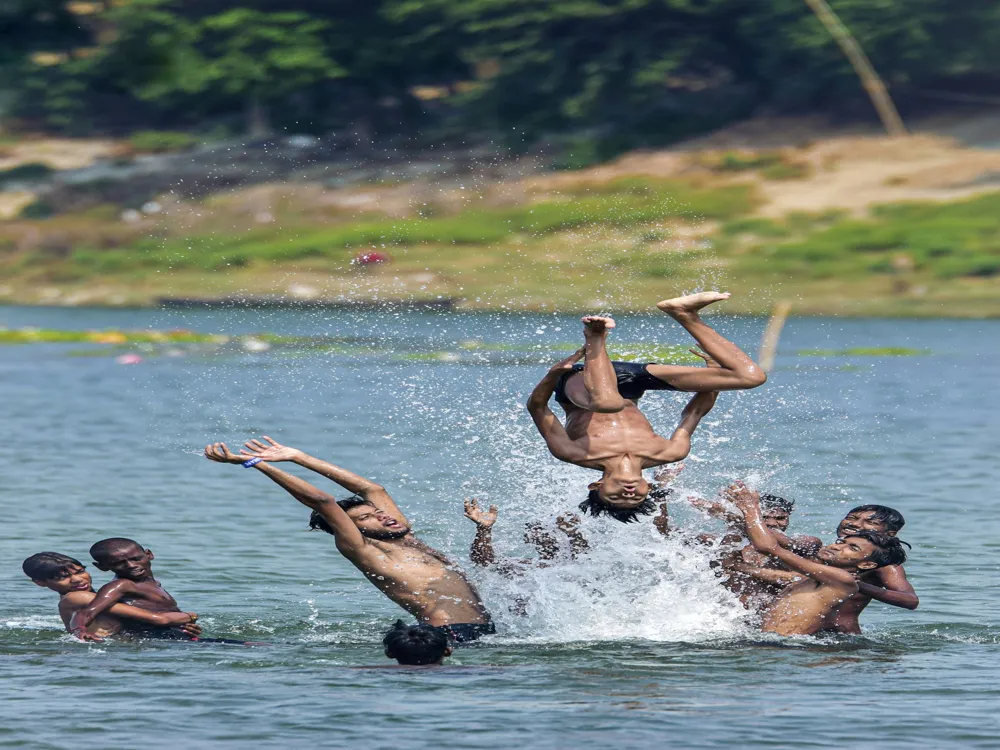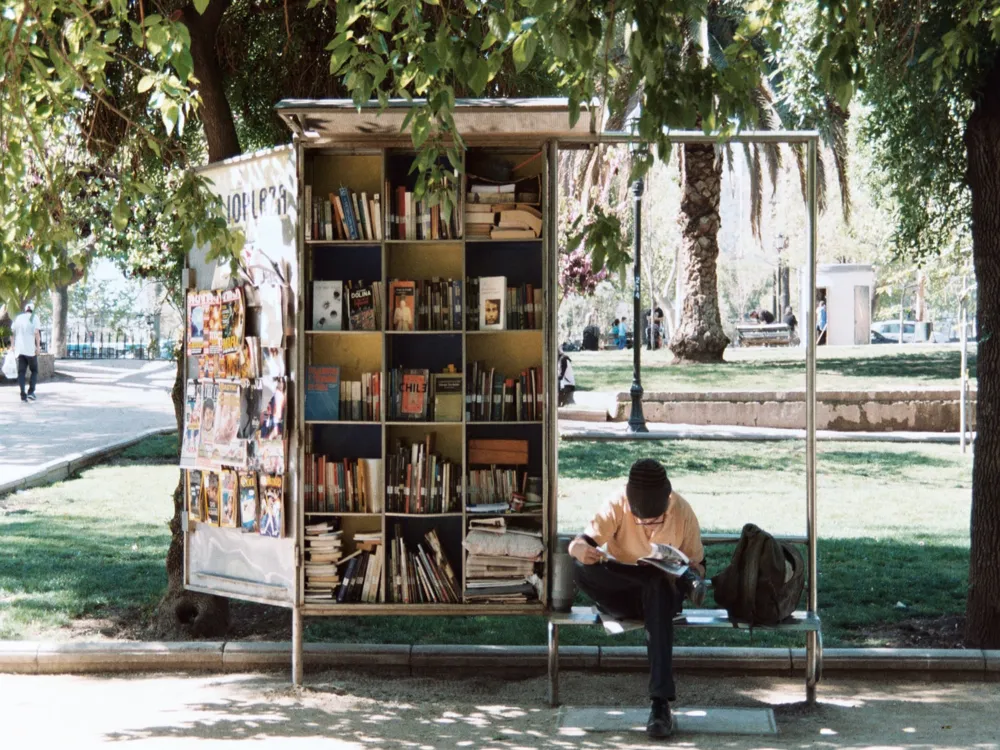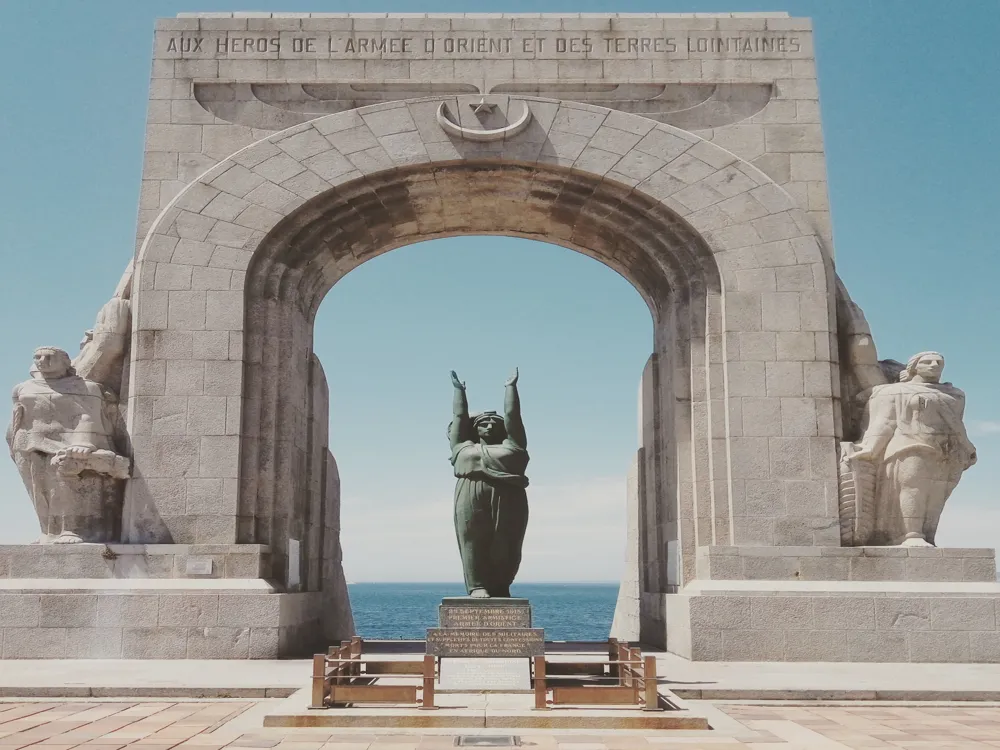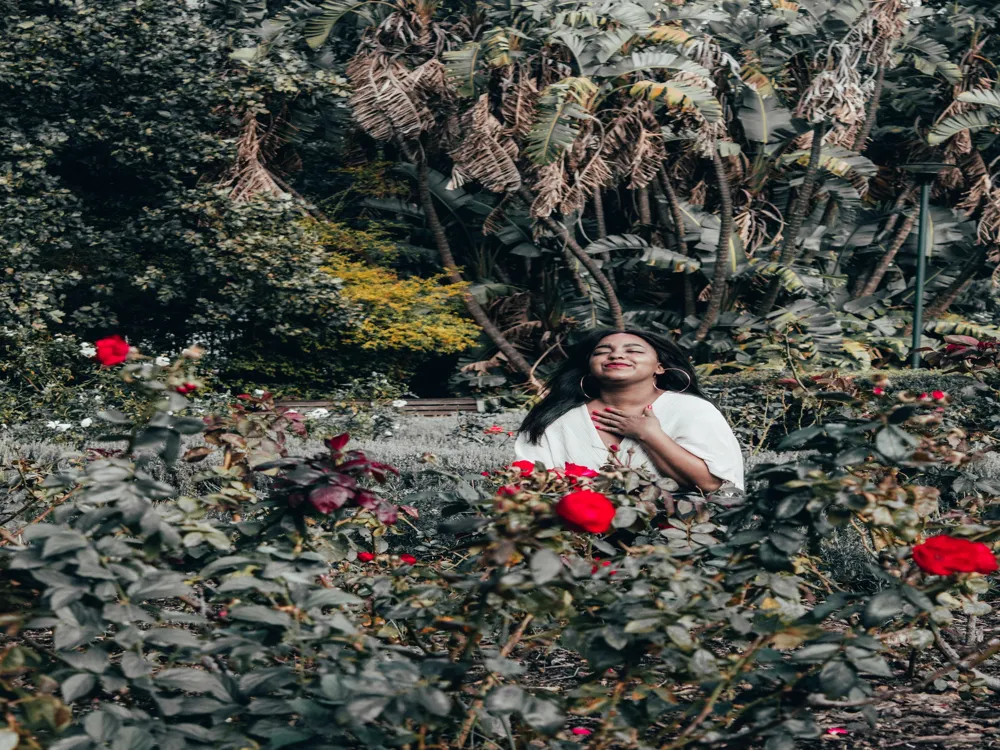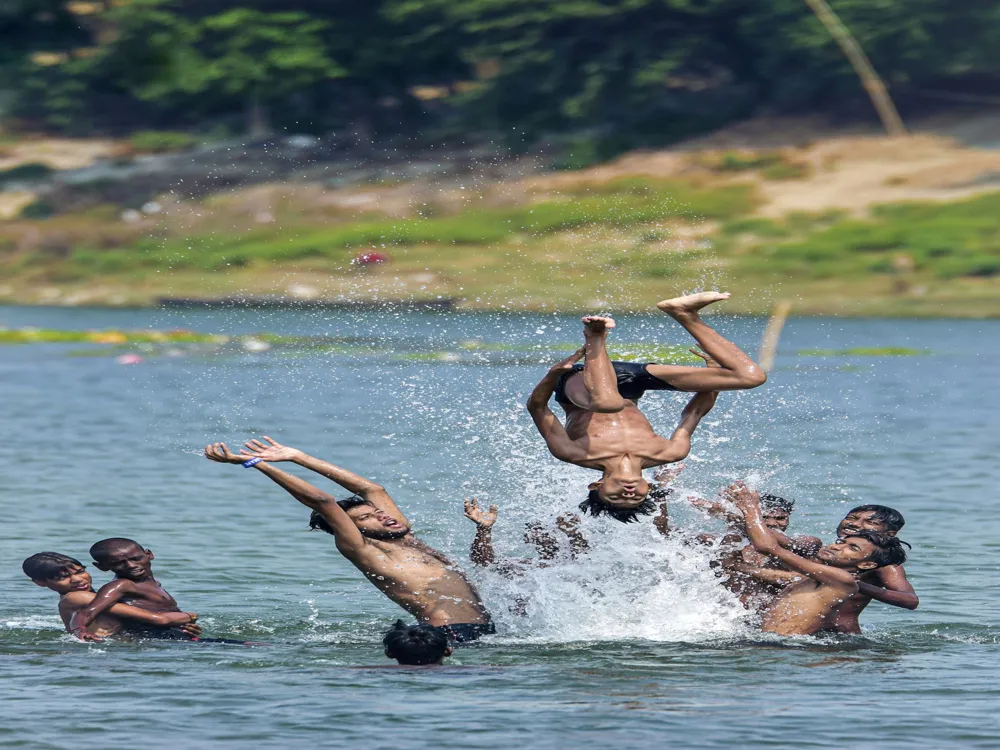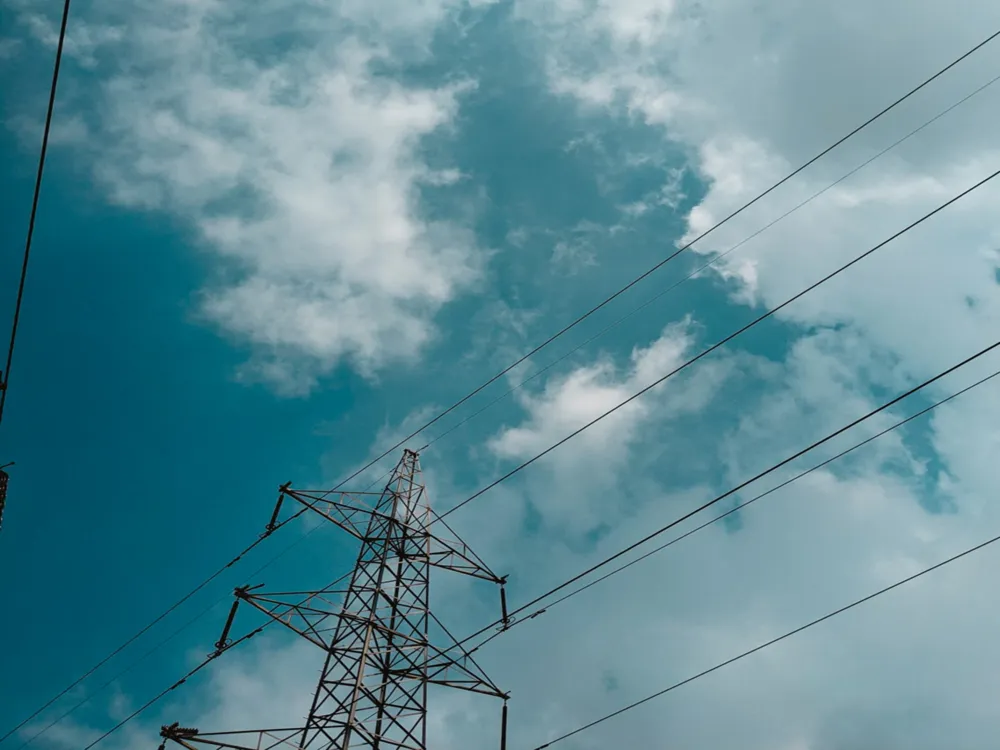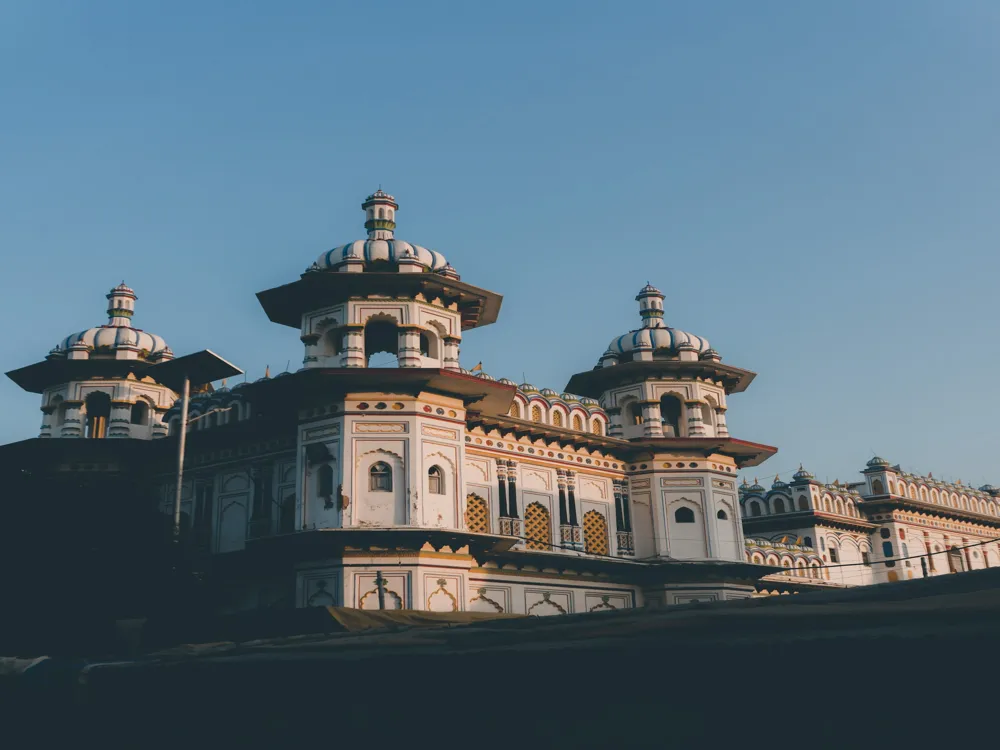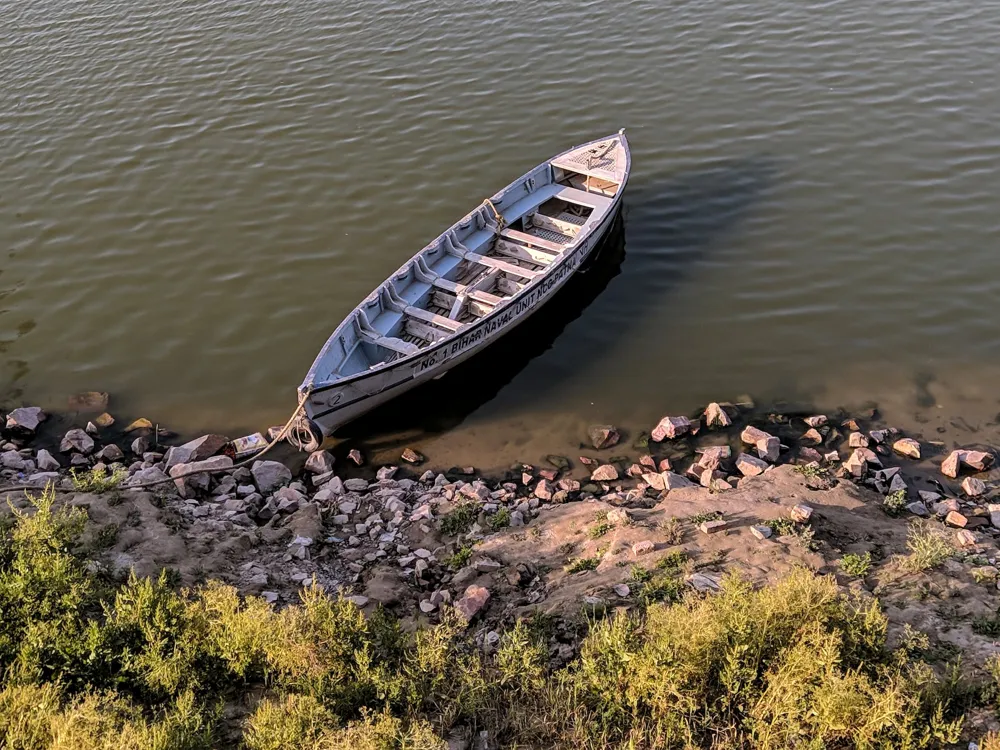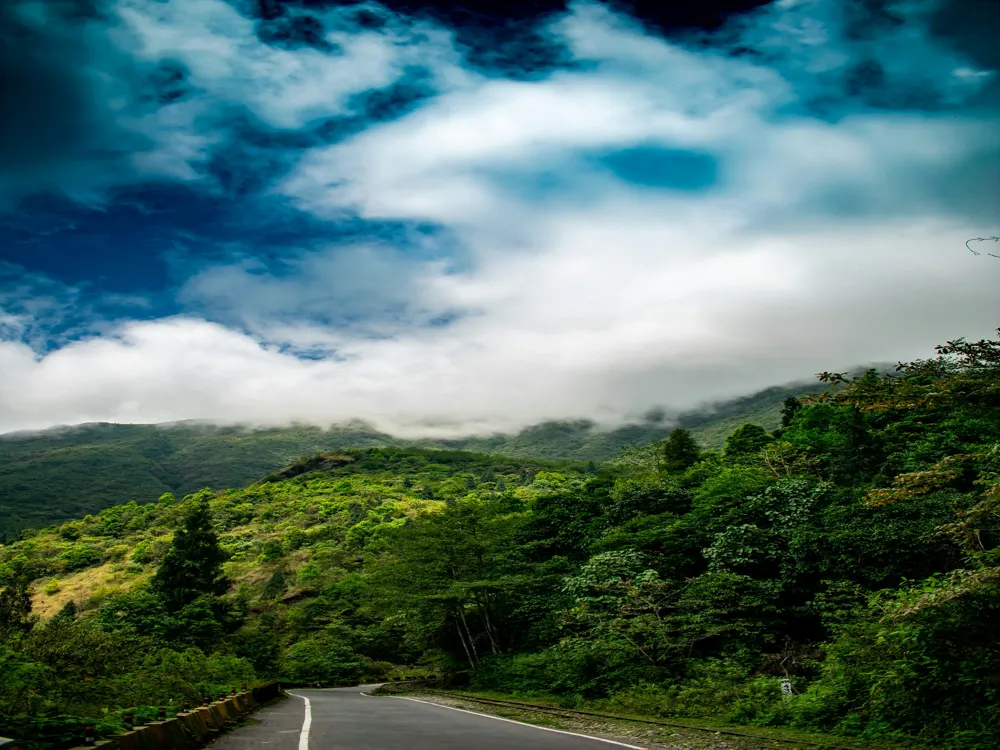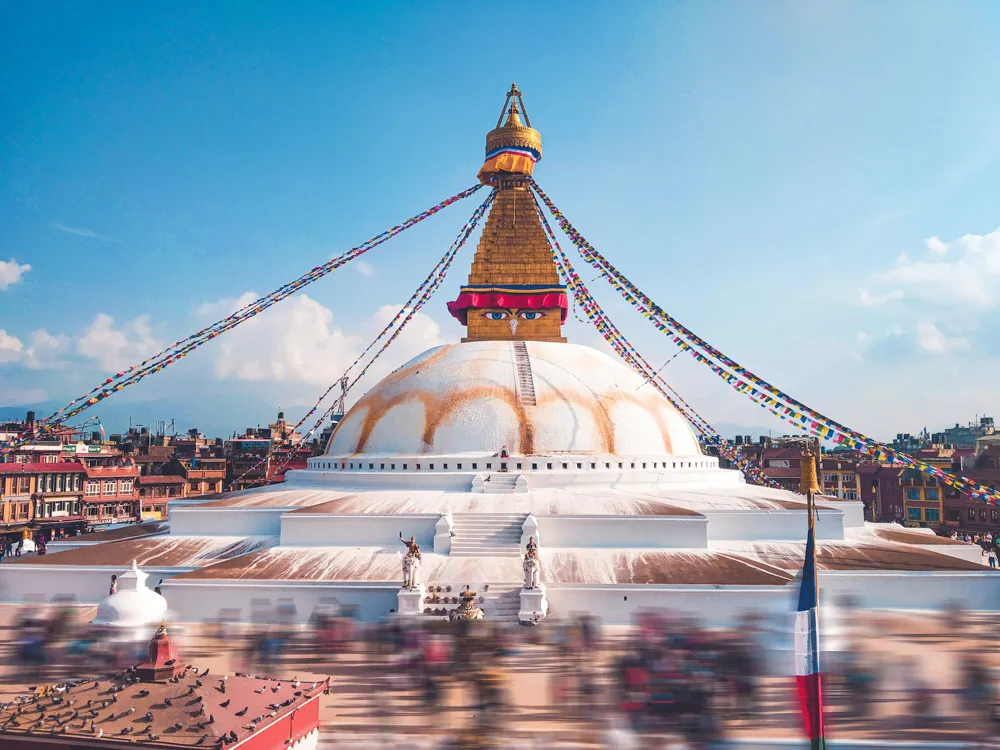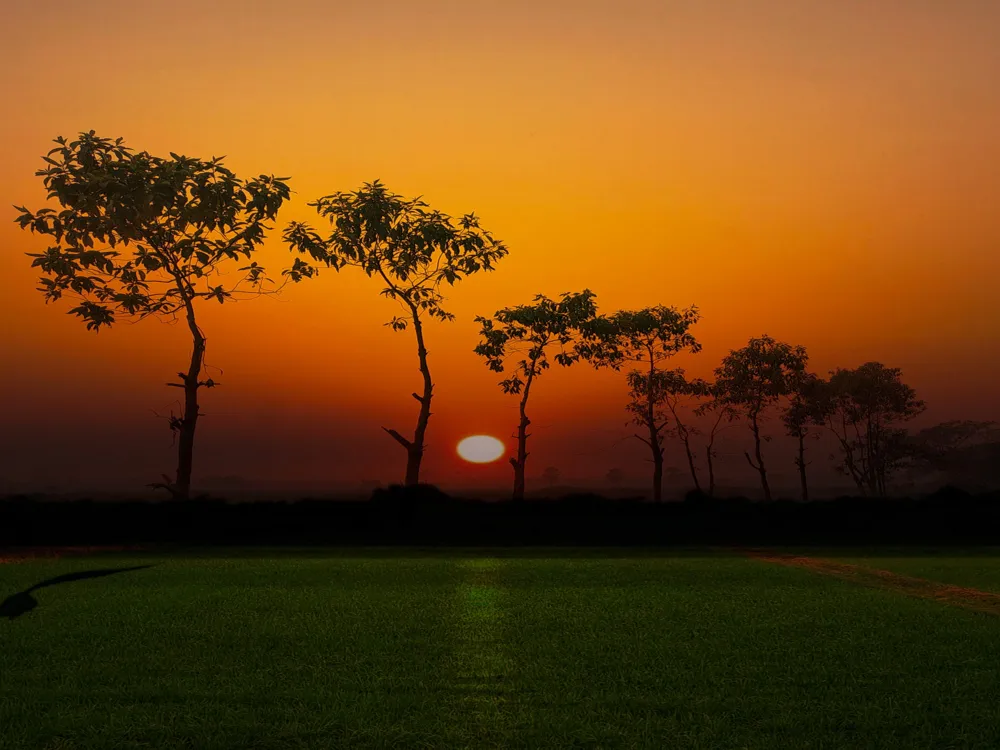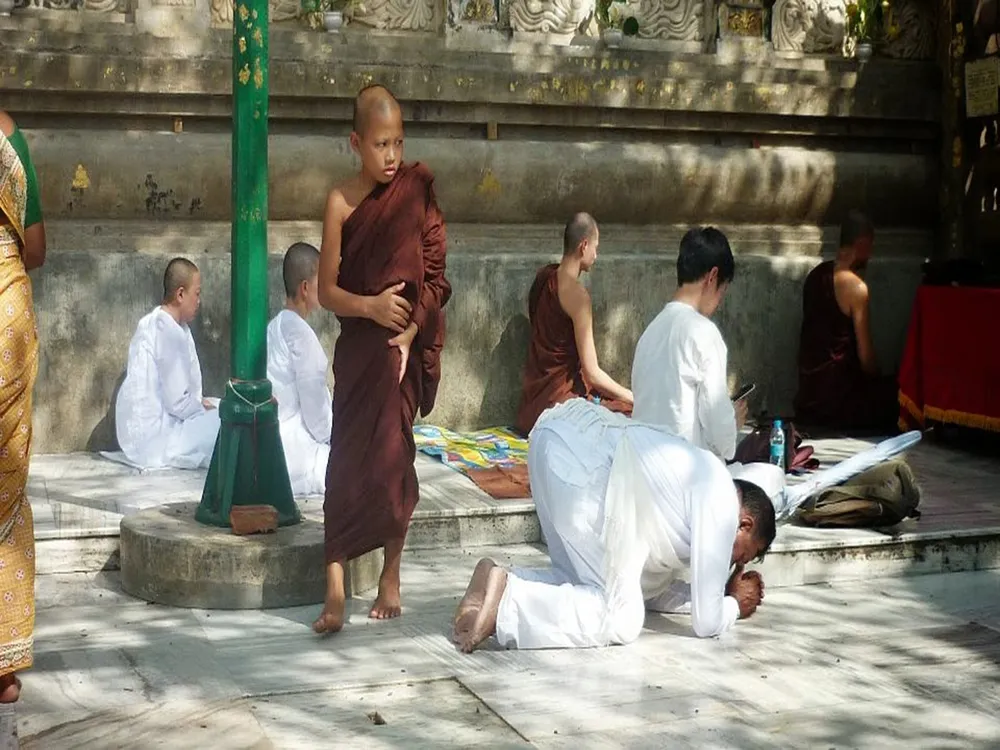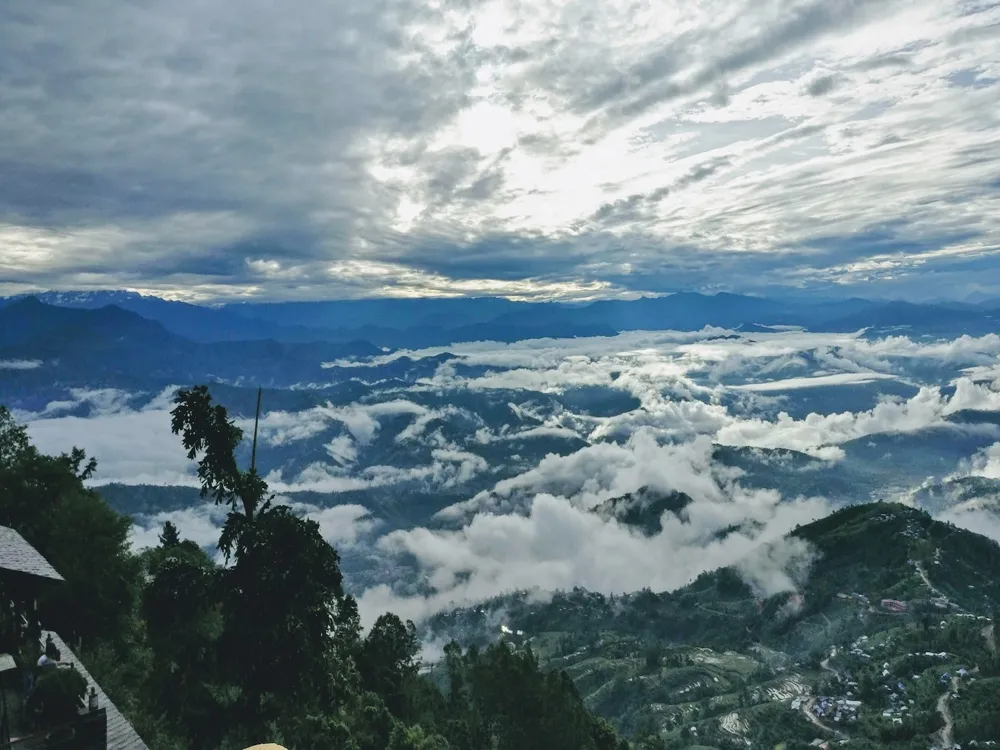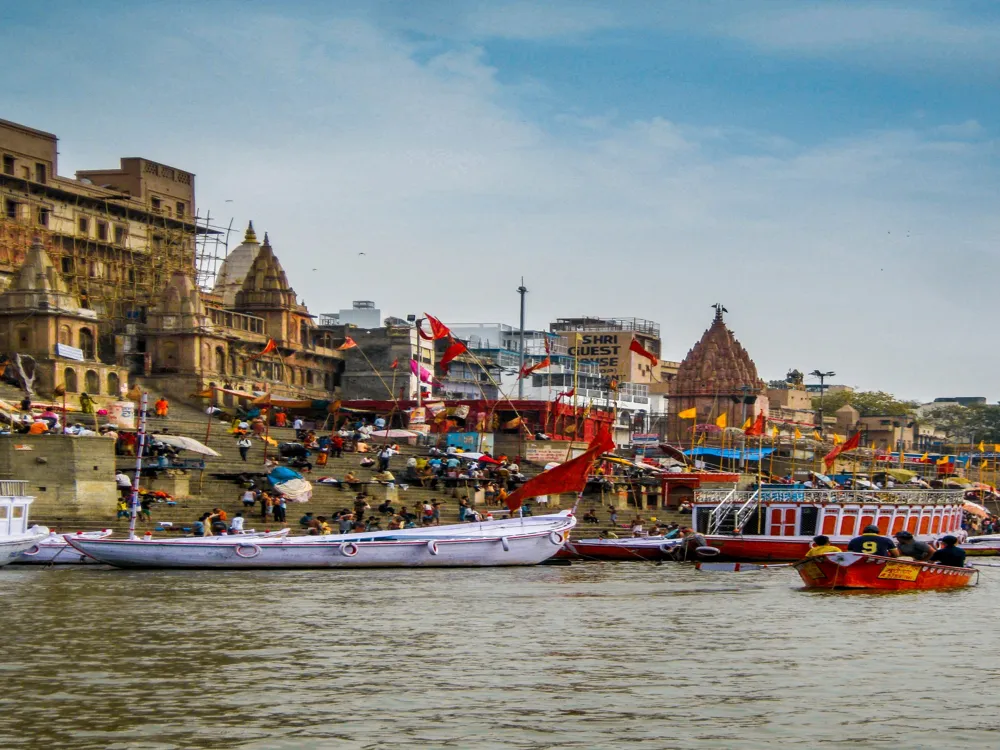Motijheel, located in the heart of Muzaffarpur, Bihar, is not just a mere water body but a significant landmark representing the rich cultural heritage and history of the region. This historical site, often regarded as the lifeline of Muzaffarpur, dates back to the British era and has been a witness to many historical events. The lake spans an extensive area and serves as a central point for various social and cultural activities in the city. The area around Motijheel has evolved over the years, transforming into a bustling hub of activities. It is surrounded by markets, educational institutions, and important government buildings, making it a key location in the city. The lake's serene waters juxtaposed with the busy city life create a unique blend of tranquility and vibrancy. This juxtaposition makes Motijheel a popular spot for locals and tourists alike, offering a glimpse into the everyday life of the people of Muzaffarpur. Apart from its modern-day significance, Motijheel holds great historical importance. It has been a silent spectator to the changing eras, from the British rule to the post-independence period. The lake has played a pivotal role in the city’s ecology and has been a source of livelihood for many. Over time, efforts have been made to preserve this historical site, recognizing its importance in the city's cultural and environmental landscape. Today, Motijheel is more than just a lake; it's a symbol of Muzaffarpur's identity. It mirrors the city's past and present, embodying the spirit of its people. Whether it's the morning walkers enjoying the fresh air, the evening hustle-bustle of the markets, or the occasional cultural events that light up its banks, Motijheel remains a place where the heart of Muzaffarpur truly beats. The architecture of Motijheel is a fascinating blend of natural beauty and historical significance, offering a picturesque view that captivates visitors. The lake itself is an example of traditional water conservation systems, which were prevalent during the British era. Its design and structure were meant to serve both functional and aesthetic purposes, making it an important architectural marvel in Muzaffarpur. The banks of Motijheel are adorned with a variety of structures that speak volumes about the architectural evolution of the region. These include British-era buildings, traditional ghats (steps leading to the water), and modern developments. The British-style buildings near the lake exhibit colonial architecture with their distinct designs, large windows, and high ceilings. These structures, once administrative offices, now serve as government buildings and add to the historical aura of Motijheel. The ghats of Motijheel are another architectural highlight. They are built in a traditional style and are used by locals for various purposes, including religious ceremonies. The steps leading to the water are often bustling with activity, providing a glimpse into the local customs and traditions. The integration of these ghats with the surrounding environment showcases the harmony between human establishments and natural elements. In recent years, efforts have been made to modernize the area around Motijheel while preserving its historical essence. This includes the development of parks, walking tracks, and sitting areas that offer a contemporary touch to the lake's surroundings. These modern additions are designed to enhance the visitor experience, providing spaces for relaxation and recreation while maintaining the architectural integrity of the site. The ideal time to visit Motijheel is during the cooler months from October to March. The weather is pleasant, making it perfect for exploring the area and enjoying outdoor activities. Visitors are encouraged to respect the local culture and traditions. This includes dressing modestly, especially during religious or cultural events, and being mindful of local customs. While Motijheel is generally safe, visitors should take standard safety precautions. Keep an eye on personal belongings and be aware of your surroundings, especially in crowded areas. Photography is allowed, but it's important to be respectful when taking photos of local people or religious ceremonies. Always ask for permission before taking pictures of individuals. Don't miss the opportunity to try the local cuisine in the eateries around Motijheel. Muzaffarpur is famous for its traditional sweets and snacks, which offer a taste of the local flavors. Motijheel in Muzaffarpur is well-connected and easily accessible through various modes of transportation. The nearest airport is Patna Airport, which is about 70 kilometers away. From the airport, one can take a taxi or bus to reach Muzaffarpur. The city also has its own railway station, Muzaffarpur Junction, which is well-connected to major cities in India. From the railway station, Motijheel is just a short drive away. For those traveling by road, Muzaffarpur is linked with several national highways, making it convenient to reach by car or bus from nearby cities and towns. Read More:Overview of Motijheel, Muzaffarpur, Bihar
Architecture of Motijheel
Tips When Visiting Motijheel
Best Time to Visit
Respecting Local Culture
Safety Precautions
Photography Etiquette
Local Cuisine
How To Reach Motijheel
Motijheel
Muzaffarpur
Bihar
NaN onwards
View muzaffarpur Packages
Muzaffarpur Travel Packages
View All Packages For Muzaffarpur
Top Hotel Collections for Muzaffarpur

Private Pool

Luxury Hotels

5-Star Hotels

Pet Friendly
Top Hotels Near Muzaffarpur
Other Top Ranking Places In Muzaffarpur
View All Places To Visit In muzaffarpur
View muzaffarpur Packages
Muzaffarpur Travel Packages
View All Packages For Muzaffarpur
Top Hotel Collections for Muzaffarpur

Private Pool

Luxury Hotels

5-Star Hotels

Pet Friendly







